How Do You Do Torsos?
how do you do torsos?

[full pic here]
it’s not anatomically accurate but this is basically how i do torso
More Posts from Aether1984 and Others
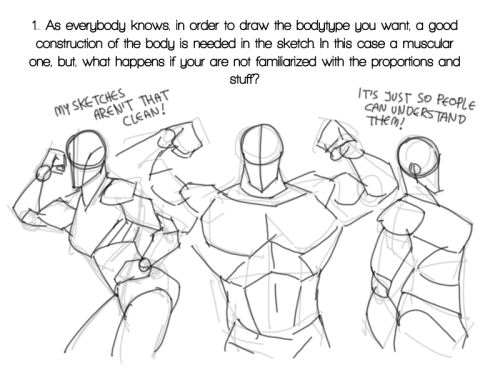





for @breadygarden, you can complement it with this other one I made long ago and SPECIALLY WITH REAL LIFE PICTURES! Mostly this is to point out the things you gotta pay attention. Always always check the head-torso radio. You can mix it up with more body fat too!
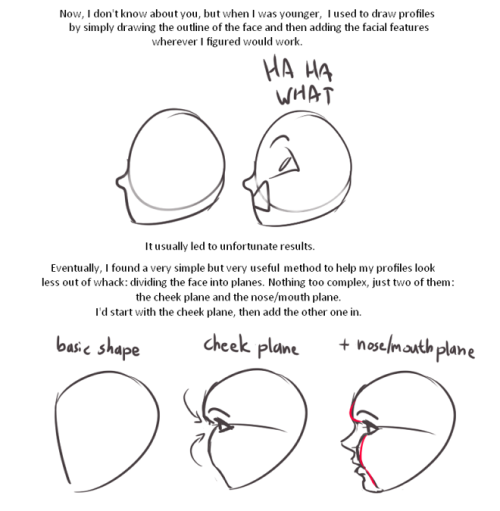
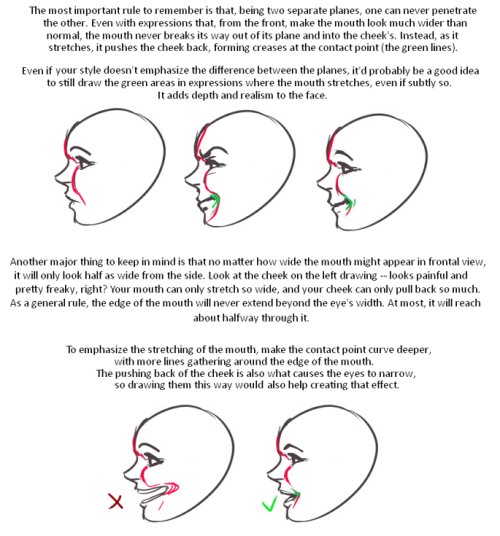
So my friend Night expressed a general desire for help with profiles, and I figured I’d go ahead and whip this up! I’m no anatomy master or anything, but this is stuff that helps me quite a bit, so I figured I’d share… even if I have no idea how helpful it actually is. Writing tutorials is hard! Ah well, I hope it can be of some use.
Could you please show us how to draw faces with nice fangs please.

Hope this is helpful!


i made a head chart for myself today and thought i’d share & throw in a lil process thing too
you’re welcome to use it as a ref but like keep in mind it’s not 100% accurate :-)
im sorry to ask, but i was wondering if you may show us how to draw abs please?
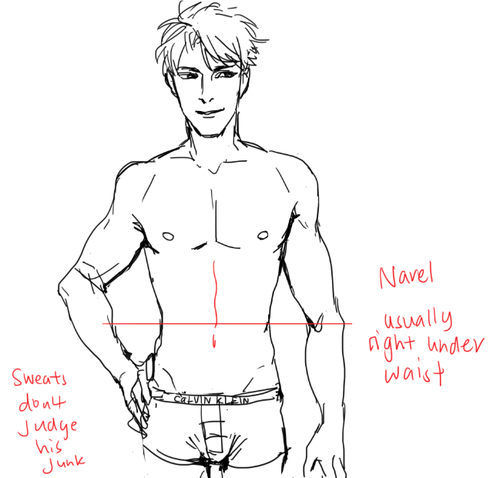
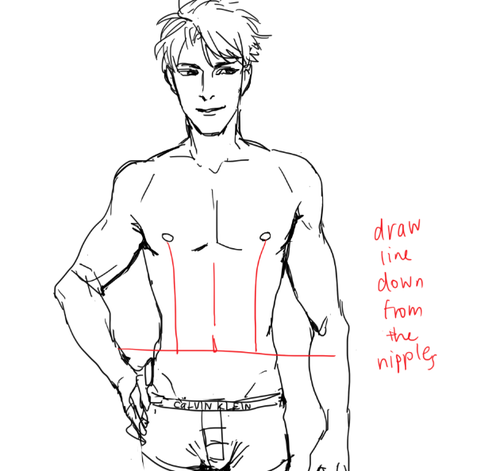
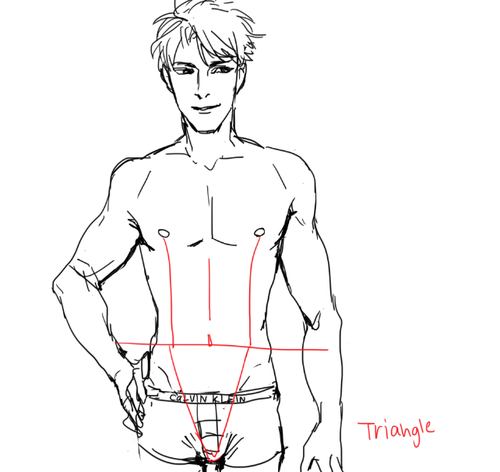
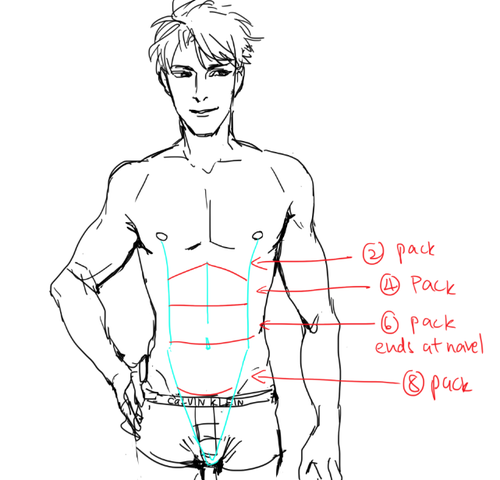
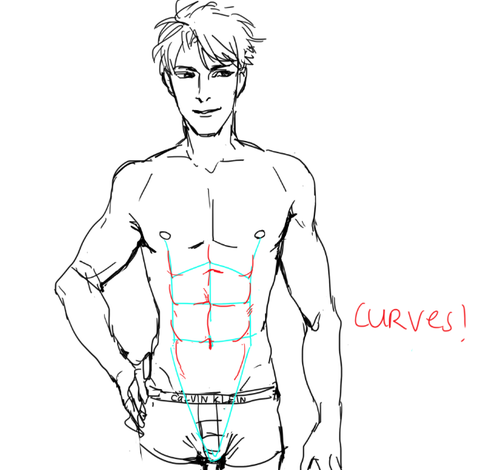
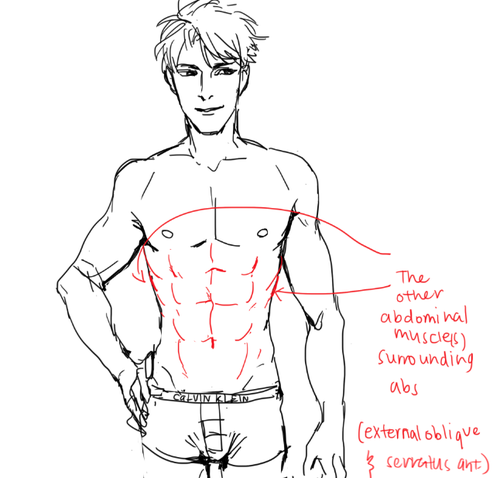
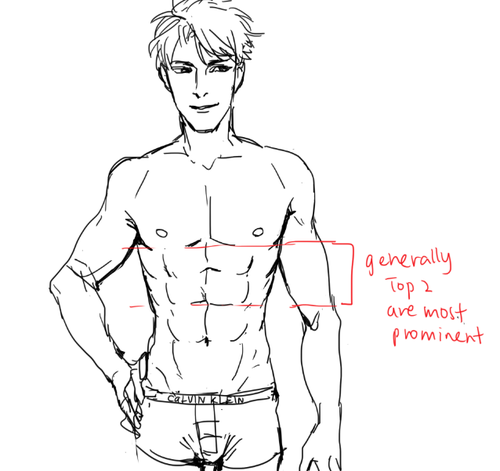
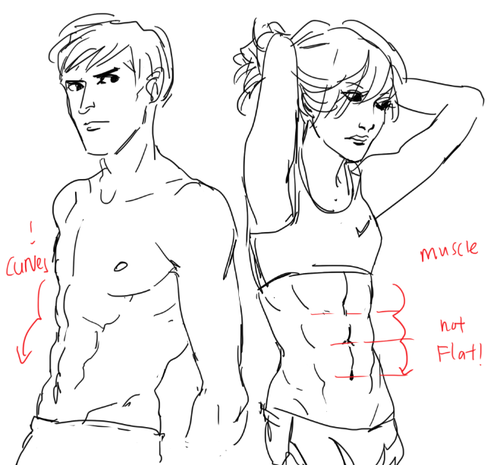
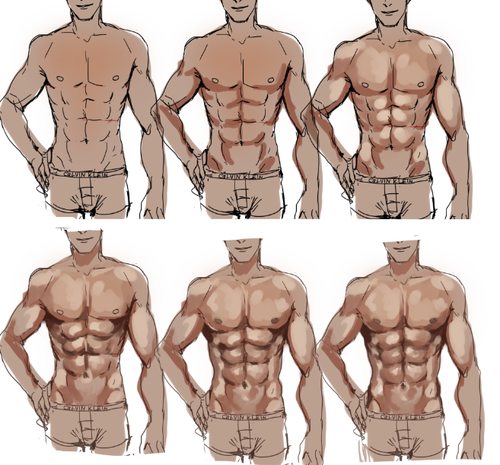
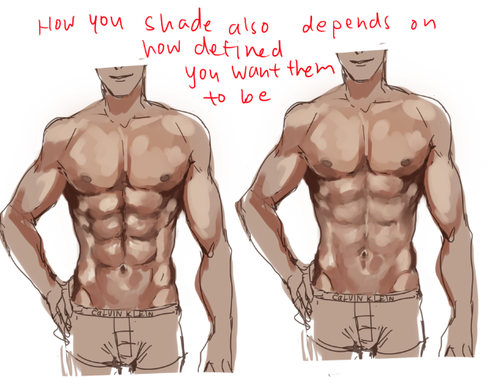
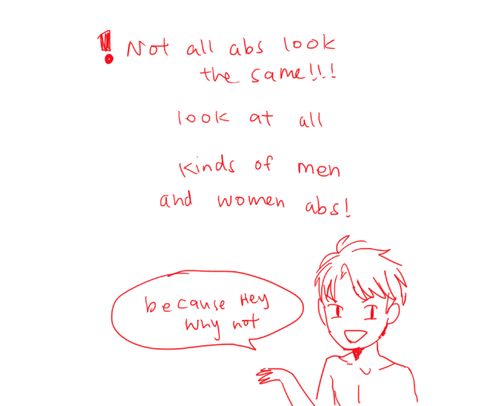
I STILL TAKE A LONG TIME TO DRAW OK looking abs HHahA SOBS AND LIES DOWN but yeah!! GO LOOK AND Some real life abs i promise you it’ll be ten times more helpful than my crude doodles!!
PLS TAKE THIS WITH A GRAIN OF ASALT AND Hope this helps u out a little!!
Would you perhaps do a tutorial on arm muscles? Or at least link a few good ones you know
Arm muscles took me a bit to figure out when I got started out with anatomy. But the layout of the arm’ muscles can actually be simplified a whole lot while still maintaining a rather believable look. So let’s have a look-see.

One of the first tidbits I discovered that really made it click for me - was that the upper arm contra the forearm intersections kind of like a set of chainlinks. Both in the way, they sit statically but also how they move. If a “broad” or “wide” side of one of them is shown, the “narrow” side of the other should be shown in correspondence. If you just keep the rough shape of these two lings in mind - you ‘ll have an easier time remembering the layout of muscles.

Just for kicks. This is roughly how the main bones are laid out in the arm. We have the Humerus, the large bone in the upper arm. This one’s rather dense and thick. Then you got the Radius and Ulna that start at the elbow and then reach into the wrist. When we move our wrist, the two ends attached to our wrist twist around one another. ( Take a look at your own hand, turn it, twist it, You should be able to vaguely feel the slight shift in angle in your elbow ).

So here’s a pretty accurate depiction of the muscle layout in the arm. The most notable muscles ( or at least those most iconic ) are the two large ones on the upper arm ( the Bi- and tri-cep), as well as the brachioradialis on the lower arm.

I’ve gone and simplified the layout accordingly to how I usually consider the layout in my own art. Here we can see the “chainlink” figure again. The bi- and tri-cep forming the “upper” chain link, and the brachioradialis along with the flexor carpi Ulnaris former the “lower” chain link.
The reason I tend to simplify this is that the many extendors and flexors on the lower arm, aside from the two listed - are rarely defined on people who’s muscles aren’t highly defined. And having these two braid into one another is just easier than having to keep track of 5-6 different muscles that feed into mostly the same shape.
On the upper arm: We have the bicep in the palest red, the tricep in the darkest red.
On the forearm: The brachioradialis in the darkest red, and the flexors/ extendors gathered up in the lighter red.

What’s interesting to note is that the flex/ex’ es meet with the brachioradialis kind of cross each other in a V-shape, which opens up into the dent of the elbow and attached - not on line with the elbow- but slightly above it. Attaching this muscle group underneath - or on the line with the elbow was a common mistake I used to do - which contributes to your arms looking like sausage links. But just like any other muscle layout, the muscles of the arms are carefully braided with each other with little areas where no muscles are overlapping or weaving into one another.

llllhttps://www.researchgate.net/figure/Agonist-antagonist-operation-of-the-biceps-and-triceps_fig2_326597252
A brief detour for posing- when the forearm is bend upwards (especially in people with highly defined muscles), you’ll notice that the bi-and tri-cep are compressed and thusly build their mass upwards, which makes this engorged bump. The flex is also visible in non-muscular people, but much less prevalent and rarely anything that one depicts - at least in semi-realism unless they want to emphasize a physical strength with their character.

A quick note on more muscle builds can be found here, https://theredlinestation.tumblr.com/post/185528871950/do-you-guys-think-you-could-give-me-a-tutorial-onand are relevant if your character’s muscles are somewhat defined.
- mod wackart ( ko-fi )










This got big on Twitter but I never posted it here! A silly little presentation I made about drawing babies 👶










Masters of Anatomy

wire tutorial for a friend
ok heres a small thing for drawing freckles bc i keep seeing artists just putting dots wherever they Feel Like It and as a freckly boy i feel Personally Attacked

try to avoid putting frecks on places that clothes would go a lot
dont space them evenly
dont draw freckles on a Fresh Born Baby
thank u for ur time
-
 mistic-turtle liked this · 3 years ago
mistic-turtle liked this · 3 years ago -
 aether1984 reblogged this · 4 years ago
aether1984 reblogged this · 4 years ago -
 narcissusphant0m liked this · 4 years ago
narcissusphant0m liked this · 4 years ago -
 moekaneko liked this · 4 years ago
moekaneko liked this · 4 years ago -
 ice-cweam-sod4 reblogged this · 4 years ago
ice-cweam-sod4 reblogged this · 4 years ago -
 ice-cweam-sod4 liked this · 4 years ago
ice-cweam-sod4 liked this · 4 years ago -
 ouigi liked this · 4 years ago
ouigi liked this · 4 years ago -
 thewipartist reblogged this · 4 years ago
thewipartist reblogged this · 4 years ago -
 thewipartist liked this · 4 years ago
thewipartist liked this · 4 years ago -
 clumsyrubicunda liked this · 4 years ago
clumsyrubicunda liked this · 4 years ago -
 tinkeroni liked this · 4 years ago
tinkeroni liked this · 4 years ago -
 cringehole liked this · 4 years ago
cringehole liked this · 4 years ago -
 dewthepenta liked this · 5 years ago
dewthepenta liked this · 5 years ago -
 krayfishthetypelessblob liked this · 5 years ago
krayfishthetypelessblob liked this · 5 years ago -
 artguidesandjunk reblogged this · 5 years ago
artguidesandjunk reblogged this · 5 years ago -
 pybuki liked this · 5 years ago
pybuki liked this · 5 years ago -
 rebornghostgirl reblogged this · 5 years ago
rebornghostgirl reblogged this · 5 years ago -
 rebornghostgirl liked this · 5 years ago
rebornghostgirl liked this · 5 years ago -
 oliepoki liked this · 5 years ago
oliepoki liked this · 5 years ago -
 axlonerine liked this · 5 years ago
axlonerine liked this · 5 years ago -
 thedrunknextdoor liked this · 5 years ago
thedrunknextdoor liked this · 5 years ago -
 librajac liked this · 5 years ago
librajac liked this · 5 years ago -
 aghastagave liked this · 5 years ago
aghastagave liked this · 5 years ago -
 happy-social-moth reblogged this · 5 years ago
happy-social-moth reblogged this · 5 years ago -
 happy-social-moth liked this · 5 years ago
happy-social-moth liked this · 5 years ago -
 aarinisreading reblogged this · 5 years ago
aarinisreading reblogged this · 5 years ago -
 shining-dawn reblogged this · 5 years ago
shining-dawn reblogged this · 5 years ago -
 shining-dawn liked this · 5 years ago
shining-dawn liked this · 5 years ago -
 anonyeet25-blog liked this · 5 years ago
anonyeet25-blog liked this · 5 years ago -
 usesomecommonsense reblogged this · 5 years ago
usesomecommonsense reblogged this · 5 years ago -
 majolishgirl liked this · 5 years ago
majolishgirl liked this · 5 years ago -
 apothicon-lilly liked this · 5 years ago
apothicon-lilly liked this · 5 years ago -
 thankstrico liked this · 5 years ago
thankstrico liked this · 5 years ago -
 angryblueberries reblogged this · 5 years ago
angryblueberries reblogged this · 5 years ago -
 angryblueberries liked this · 5 years ago
angryblueberries liked this · 5 years ago -
 lotusbunyee liked this · 5 years ago
lotusbunyee liked this · 5 years ago -
 nyxiasposts liked this · 5 years ago
nyxiasposts liked this · 5 years ago -
 koulromaniac liked this · 5 years ago
koulromaniac liked this · 5 years ago -
 calico-cams liked this · 5 years ago
calico-cams liked this · 5 years ago -
 handheldkitty liked this · 5 years ago
handheldkitty liked this · 5 years ago -
 elladescent449 liked this · 5 years ago
elladescent449 liked this · 5 years ago -
 awkwardsocialfailure liked this · 5 years ago
awkwardsocialfailure liked this · 5 years ago -
 momalyn-draws reblogged this · 5 years ago
momalyn-draws reblogged this · 5 years ago -
 squepsquep liked this · 5 years ago
squepsquep liked this · 5 years ago